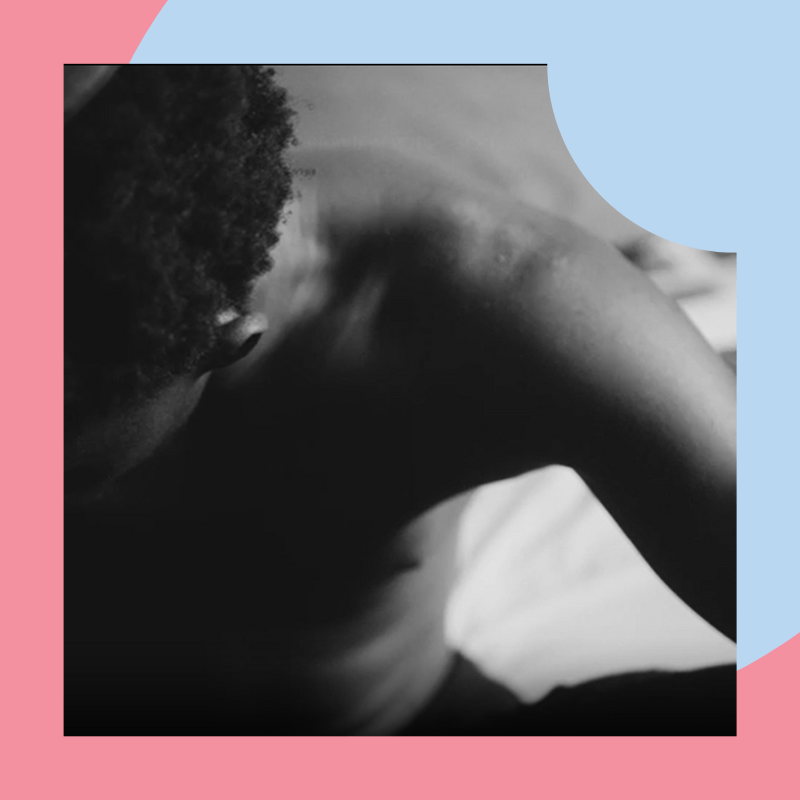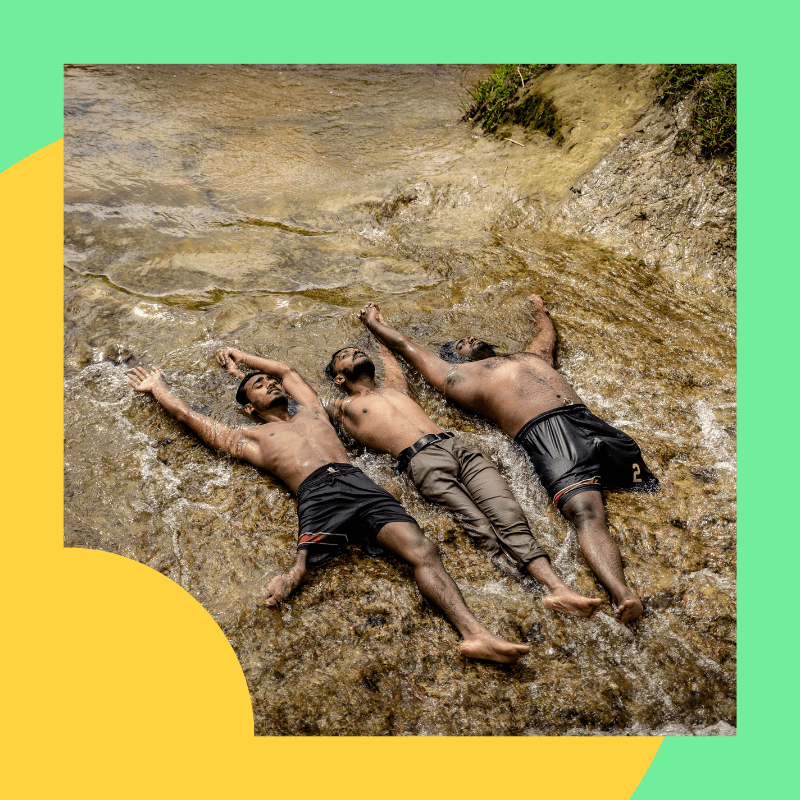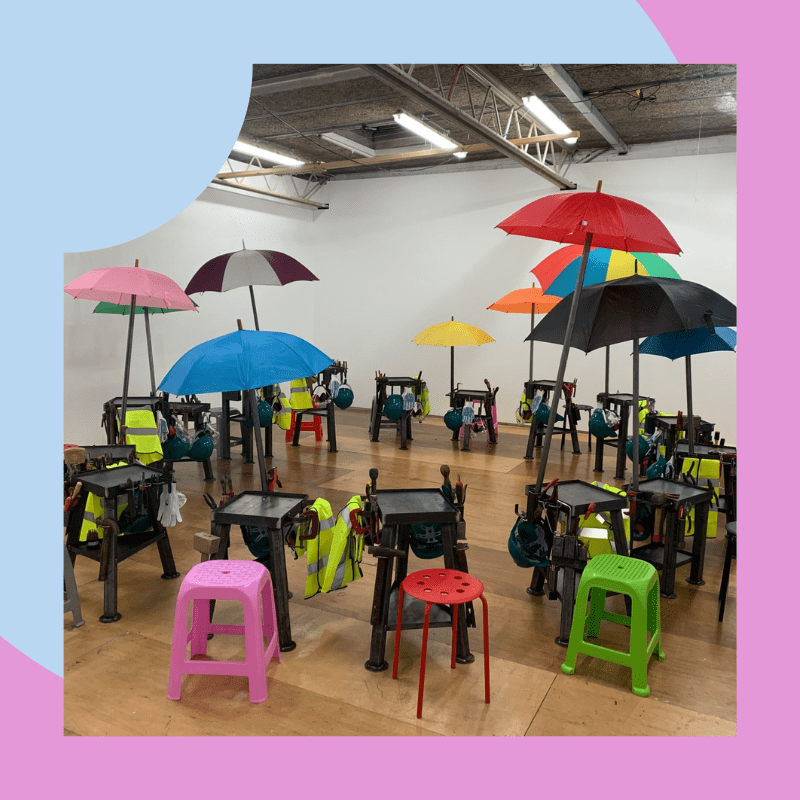Congratulations on winning Zealous Stories: Digital Art! Your work, /S)CONFINAMENTO, was conceived during the lockdown in Italy. How did this impact your practice?
When the national lockdown was declared on March 10, I was seized with contradictory feelings. On the one hand, relief, because it seemed to me that the very serious situation in the north of the country required drastic measures to contain the contagion, but at the same time I was worried about the unconstitutional nature of the lockdown and the senseless slogans like #iorestoacasa (Istayhome). I immediately understood that I couldn’t stand the pathetic rhetoric of ‘fighting the virus from the couch’.
And then I discovered that the country is ‘guarded’ by a dense network of tourist webcams that frame the most beautiful squares, streets, alleys and canals. A dense system of watchful eyes that transform the computer screen into an imaginative panopticon.
During the lockdown, I started watching the webcams avidly, navigating through the country from my studio, no longer being able to detach myself from those dystopian images, from those squares always full of people, chaotic and rowdy and now deserted and silent.
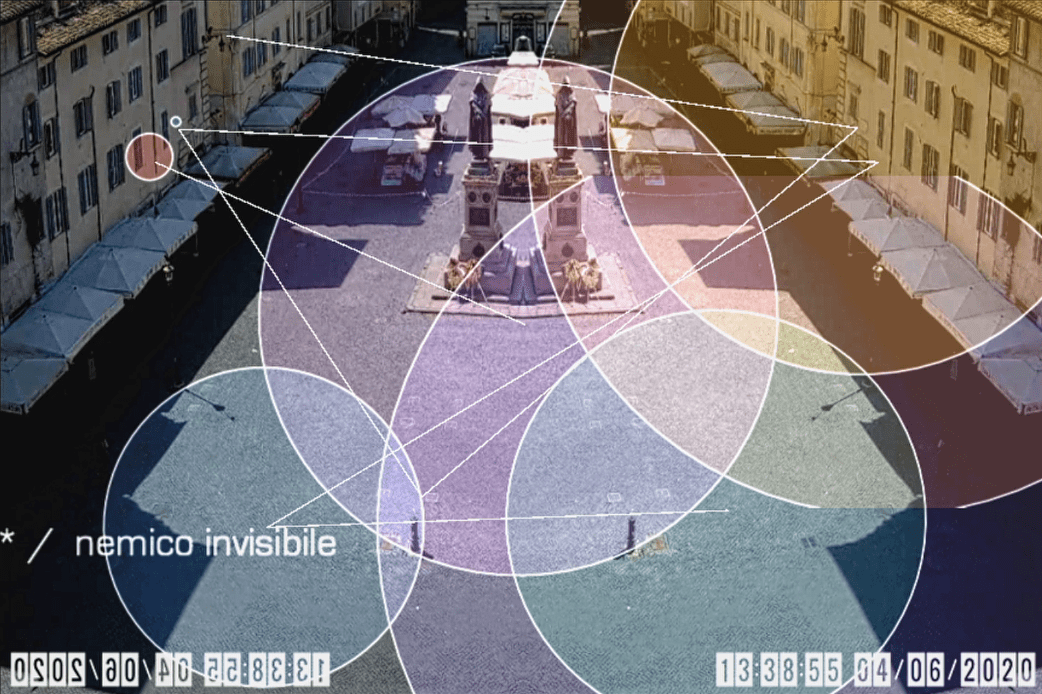
Your projects often confront the relationship between public and private spaces. How does your work address the relationship between these two spaces?
The relationship between inside and outside, between public and private spaces, lies in desire. I looked with pleasure at those deserted, sunny, silent squares, never seen before so peaceful and solemn, because I wanted to be there.
In the new awareness of the fragility in which the virus made us swoop, those stones perfectly stuck between them for centuries, those facades that have passed through intact history and then ended up in the frame of a webcam, have moved me to tears.The panopticon of my screen, while I was amazed at that show, was testament to the absolute impassiveness of those stones in the face of human affairs. This thought has somehow reassured me, because it is nice to think that those stones, and the underlying thought, have always been there and will still be there after me.
Those loners who ventured through the deserted streets, with a quick step as if chased by the virus, with their shopping bags full, their bewildered dogs, the sad passport to a denied freedom, fascinated me.
Where did those people go? What did they do outside the house? What did they think at that moment?
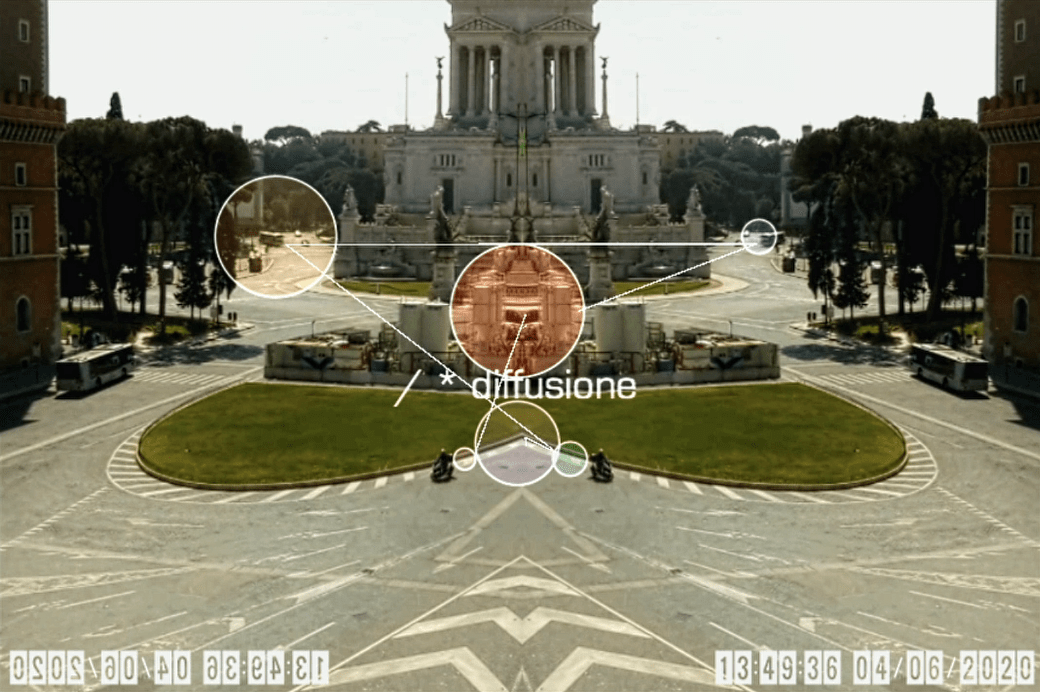
The Italian piazzas are framed by a webcam system that broadcasts online. Could you tell us about the method you used to create your video?
At a certain point I realised that it was no longer enough for me to spy on the flow in real time. I felt like intervening in some way – and not being able to do it physically, I decided to do it virtually.
Being an artist working with live media and interaction design, I decided to take the next step. Through motion tracking technology, I grabbed the webcam feed and passed it to a software, specially compiled for this project, which records and visually tracks the movement of people, vehicles, and animals, processing all the data flow and turning it into a concert for synth: movements generate sounds, modulations, graphic visualisations, digital effects. Finally, I returned everything back to the network, through a series of live streaming on Facebook, in a creative ring of real-time manipulations and interpretations.
To accomplish all this I crossed different methodologies and softwares.
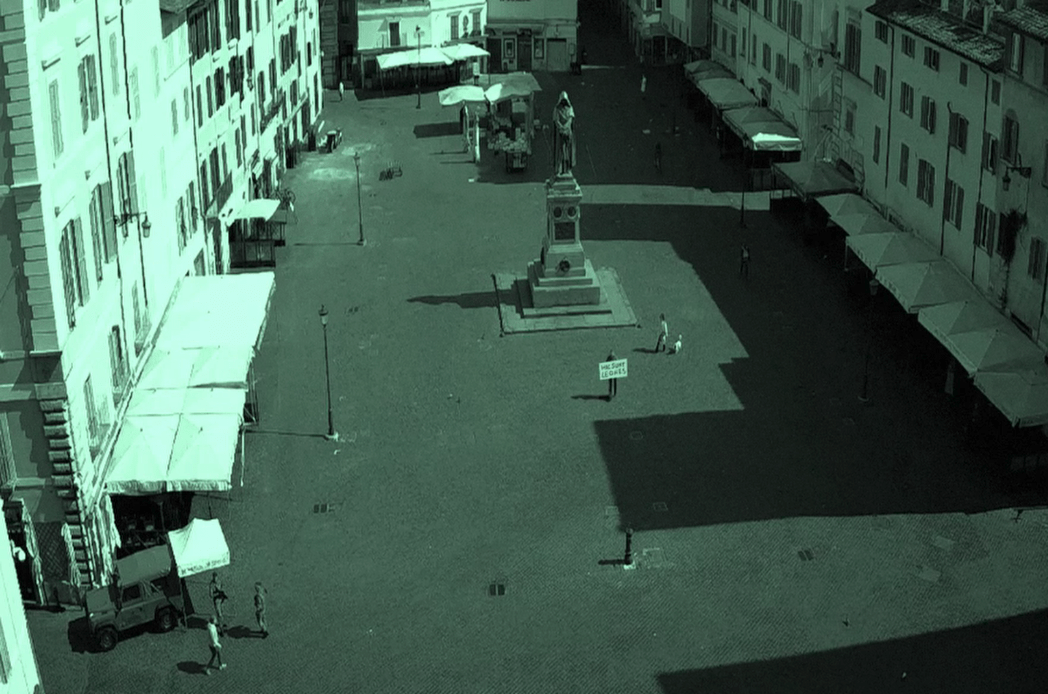
Through this dense system of surveillance webcams, you suggest that you are able to ‘spy avidly’ on almost every city in Italy. Would you say that creating this role for yourself as spy/ observer, is a key part of the work?
This project was possible because I decided to observe and to follow the unsuspecting visitor of the deserted city who came and went from my frame, imagining for him an alternative story. This is, let’s say, the very principle of cinema, of storytelling and, I believe, of art in general.
Those images simultaneously became Plato’s cave and voyeurism at the time of the net. I was chasing shadows and chasing stories, until I decided to act actively, creatively manipulating and reinterpreting what I was observing.
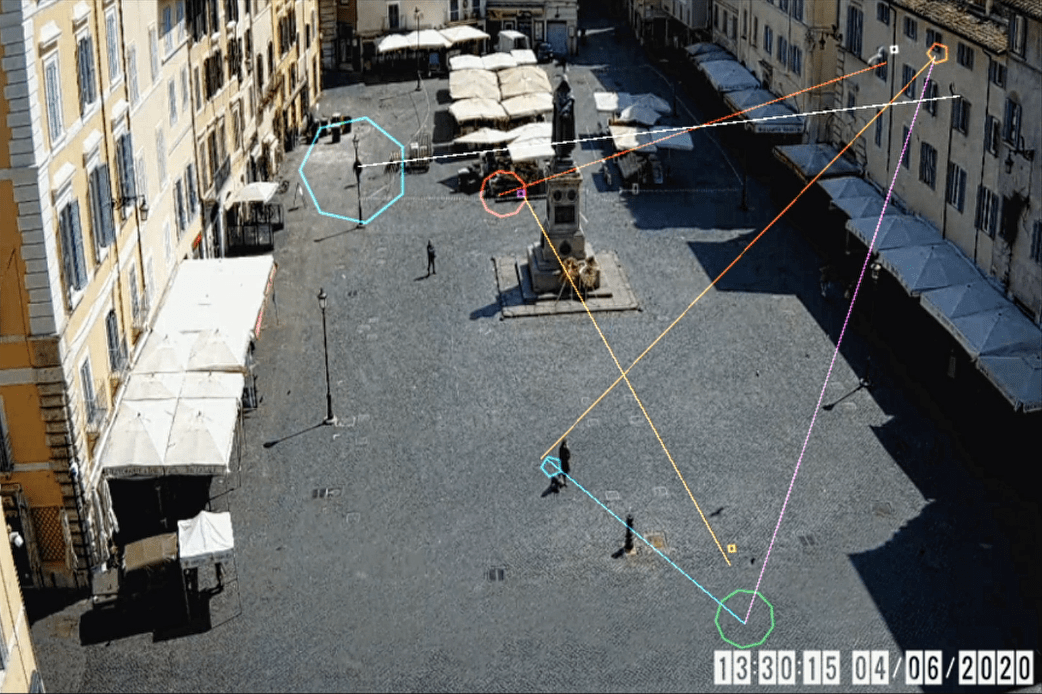
Would you say that your training as a digital artist and background as a performance artist has shaped your practice?
As a performance artist the sense of everything I do always resides in the interaction with the audience. Lockdown and post-lockdown have plunged us into a world without contact and human interaction, and this poses important questions to us performance artists. Until contact with others is no longer perceived as a source of social danger, we must radically rethink our practice.
The most interesting moment of the performance is when multiple people cross the same square. When by chance two or three people met, strange triangulations of security were created spontaneously, tacit choreographies based on distancing; wonderful and terrible at the same time.
/ S)CONFINEMENTO is deeply performative, from the physical and also from the ‘performing media’ point of view. I could not have conceived it if I had not been a performer and a digital artist at the same time, because all the work is inspired by the mutual relationship between bodies in the here and now, and this is revealed by digital technology.
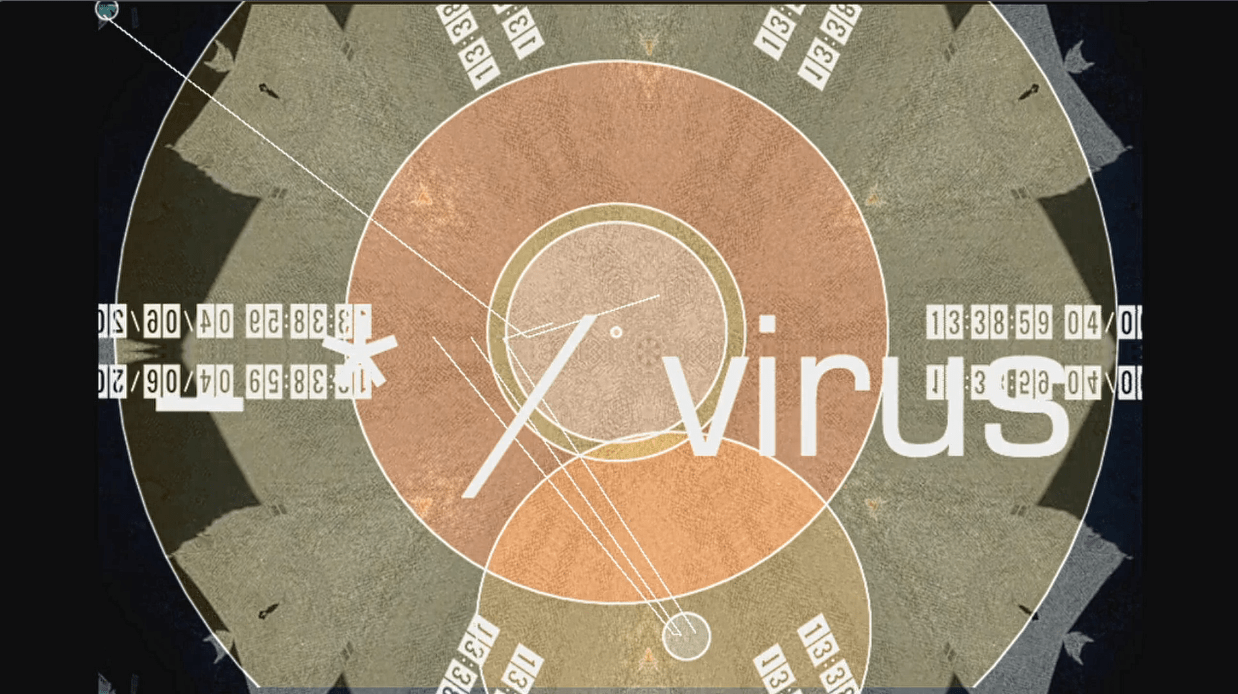
Are you working on any upcoming projects that you can tell us about?
Yes, right now I’m working on a new animation-based experimental film called Water Blues. It’s a visual symphony on the theme of water where I put my fake found-footage technique into practice.
Want us to write more content like this? Give it a like
Share








